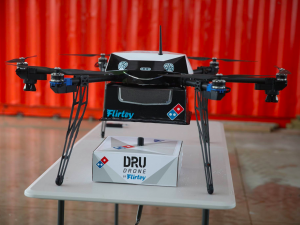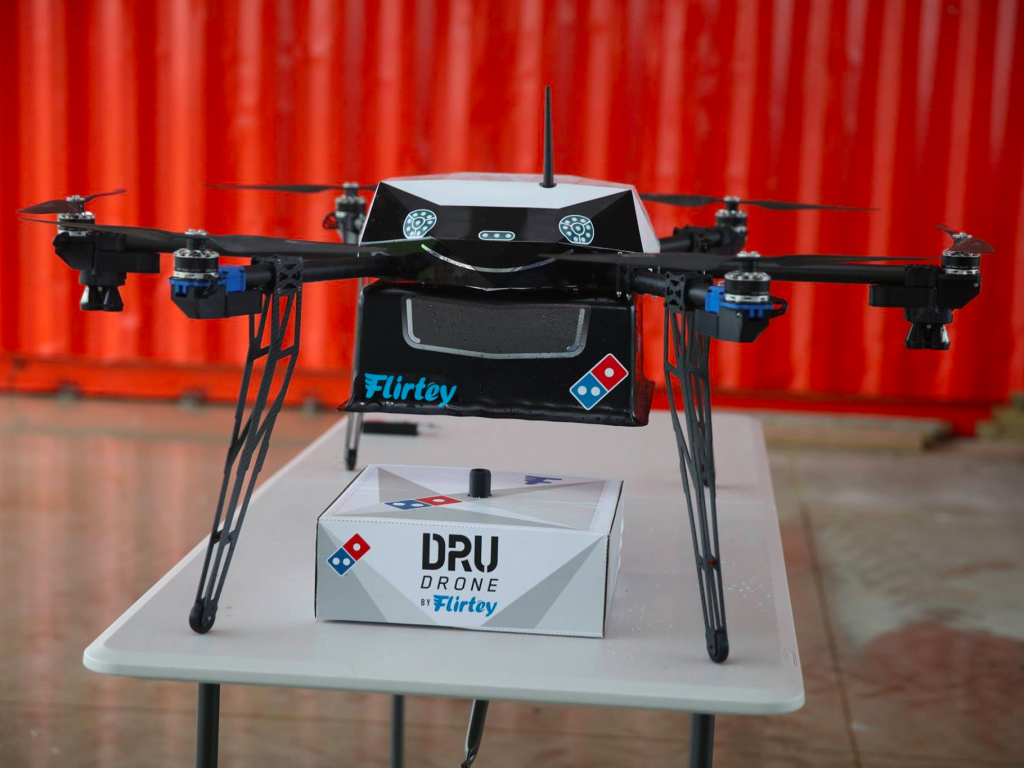Image: Dominos are already trialling drone delivery

Want to future-proof your business? The Australasian Association of Convenience Stores (AACS) has released a report detailing the trends that will influence the convenience industry over the next 13 years.
The Convenience 2030 report, commissioned by AACS and undertaken by the Australian Consumer, Retail and Services (ACRS) research unit at Monash University, identifies key changes, trends and opportunities for the convenience industry findings based on extensive interviews with convenience leaders around the world.
So what are the four key trends to look out for? Australasian Association of Convenience Stores (AACS) CEO Jeff Rogut explains.
- Strategic partnerships
Mr Rogut says, “The research highlighted the opportunity and importance for our industry to establish new strategic partnerships, be it with fresh food producers, niche diet providers, alternate fuel companies, electric or driverless car companies, delivery service providers, or loyalty programs.” - Women
“Convenience stores will also need to focus on attracting new customer segments to ensure they remain a pillar in local communities. Our customer base today is largely male-dominated, so an opportunity exists to adapt our offer to encourage more women seeking fresh, healthy food and safe environments to our stores,” said Mr Rogut. - Millennials
Mr Rogut says, “Millennials are another increasingly important target market for the industry. The following quote is from the managing director of a North American convenience chain: “Just as millennials are becoming more educated, they’re entering the middle class, so they have disposable income. They are our future customers. They’re also being led by their mobile devices and the influences of their peer group, who are all talking about healthy and ethical food, so that trend is definitely translating into an enhanced offer inside and outside the store.” - Technology
Tech like self-service, beacon devices and destination drivers are already within reach but in the near future, things like operational automation, predictive systems and AI to manage inventory, and targeted promotions will become more prevalent. As you enter the store of the future, you might pass the local convenience store delivery driver on their way to a customer’s house, or pass a drone delivering beverages. You might see people interacting with augmented reality entertainment options.
Mr Rogut says, “The possibilities are endless. In China now they are building unstaffed stores where consumers enter using their mobiles and also pay for goods with their phones.”

